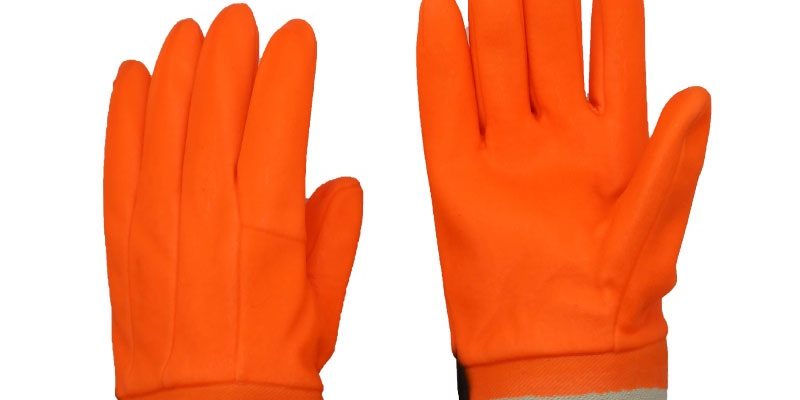When it comes to hand protection, durability is a top priority for professionals in various sectors. Jersey gloves have earned a reputation for their robustness and ability to withstand demanding tasks. In this article, we’ll explore the science behind the durability of jersey gloves and the factors that contribute to their long-lasting performance.
The key to jersey gloves’ durability lies in their construction and material composition. Jersey knit, the fabric from which these gloves are made, consists of interlocking loops that create a tight and resilient structure. This design enhances the gloves’ ability to resist wear and tear, ensuring they hold up well even in high-stress environments.
Furthermore, the elasticity of jersey knit contributes to the gloves’ durability. The fabric can stretch and recover without losing its shape, which prevents the gloves from becoming loose and reduces the risk of premature wear. This property is particularly advantageous for tasks that involve repetitive hand movements, as it extends the gloves’ lifespan.
Jersey gloves are often reinforced in critical areas to enhance their durability further. Some models feature reinforced fingertips, palm patches, or double-layered sections that provide additional protection in high-wear areas. These reinforcements not only bolster the gloves’ resistance to abrasion but also contribute to their overall longevity.
In conclusion, the durability of jersey gloves is a result of their tightly knit structure, elastic properties, and strategic reinforcements. These gloves are engineered to withstand the rigors of demanding tasks, making them a reliable choice for professionals who require long-lasting hand protection.















